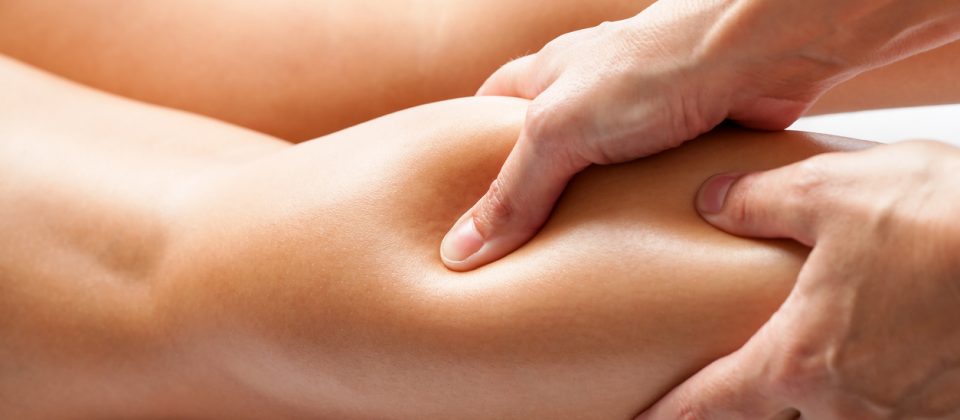Manual therapy refers to a range of hands-on, physical treatments that can be used to address musculoskeletal pain, inhibited range of motion, and even internal medical disorders. Manual therapy can be defined differently depending on the profession, but it generally involves techniques that include various forms of massage, myofascial release, mobilization, traction, and bone setting. Within East Asian medicine, manual therapies include tui na, gua sha, and cupping.
Dr. Bulloch has extensive training in and experience with the East-Asian modalities of tui na, gua sha, and cupping as well as Western systems of myofascial release and structural integration. These modalities can be applied synergistically with acupuncture treatments or used as stand alone treatments.
Find out more about each modality.
Tui Na
Tui Na (pronounced twee na) is a comprehensive form of Chinese bodywork that utilizes various types of massage, acupressure, stretching and traction, and bone setting techniques. It can be used to address a wide range of complaints, which include chronic pain associated with the muscles, joints, and skeletal system such as arthritis, sciatica, general muscle tension and spasms, back and neck pain, frozen shoulder syndrome, and various musculoskeletal injuries. Tui Na can also be used to adjust the physiology of the body at a deeper level, and, as such, it can be used to address internal disease and illness. Other conditions that can be treated using tui na include insomnia, digestive disorders, constipation, headaches, and emotional disorders such as anxiety and depression, generalized stress, and post-traumatic stress disorder. Because it is a non-invasive system, tui na is ideal for treating children and anyone with acupuncture needle phobias.
Gua Sha
Gua sha utilizes special tools, usually made of stainless steel or ceramic, to repeatedly press-stroke or scrape the skin in a unidirectional fashion along muscles and fascial (connective tissue) pathways. By doing so, it can relieve fascial adhesions, increase blood circulation, relax muscle tension, reduce pain, clear heat and inflammation from the body, and accelerate healing of damaged tissues. Gua sha is especially good for addressing microcirculation in the capillaries. Obstruction of these vessels due to injury and inflammation can intensify pain and prevent healing. Research has shown that gua sha has longer lasting effects and can increase microcirculation better than other, commonly used, manual therapies.
Cupping
Cupping requires applying a suction force using special glass or ceramic, bulbous cups to various parts of the body. Cups may be left in a static position on a particular sight of injury or applied to lubricated skin and moved in a sliding motion to apply a pulling force along the muscles and connective tissues. Cupping works similarly to gua sha in that it improves blood circulation, reduces inflammation, and relaxes tight and painful muscles. It is particularly good for treating old injuries and overuse strain. Cupping received greater attention and awareness when many athletes competing in the 2016 Rio Olympics were seen using it.
Myofascial Release
Fascia is the fibrous, fabric like connective tissue that forms a whole-body continuous matrix the surrounds and integrates all muscles, bones, joints, and organs. The superficial fascia envelops the entire body just beneath the skin. The deep fascia encloses muscles, forms a sheath for individual muscles, and separates them into groups. Trauma (both physical and emotional), infection, surgery, disease, or chronic muscular tension can all cause the fascia to contract, thicken, become stuck together, and/or inflamed, resulting in pain and discomfort, poor blood flow, chronic tightness, and reduced range of motion. Myofascial release utilizes specific techniques to elongate fascial fibers, remove adhesions and tightness, and improve blood circulation. These techniques reduce pain, improve range of motion, and facilitate healing. They also help to correct postural imbalances and misalignment that can contribute to pain and injuries.

